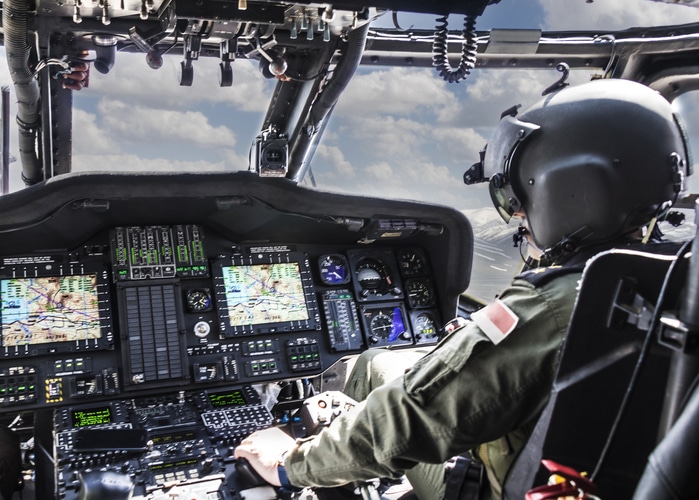
Understanding MIL-STD-810 is essential for proper developmental evaluation of the environmental effects on equipment. CVG Strategy has been helping our customers use this valuable standard to create test programs for over a decade. In this time we have seen a number of commonly held misconceptions about the standard and how to use it.
What is MIL STD 810?
MIL-STD-810 is used to evaluate the influences of environmental conditions on equipment during all phases of its life cycle through laboratory tests. This Department of Defense military standard includes 29 methods for analysis of those effects. These methods include climatic (temperature, humidity, solar, etc.) and dynamic (e.g. vibration, shock, pyroshock).
With the exception of one of these methods, there are no established severities or pass/fail criteria. Why? Because these variables are dependent on the type of equipment being tested and where it is to be used. For example, when performing high temperature testing; the appropriate high temperature for equipment intended for a vehicle crew compartment is very different than one for an engine compartment or the exterior of a supersonic aircraft.
How to Use the Standard
The secret to understanding MIL-STD-810 is in the seldom read Part 1 of the standard. Part 1 establishes a process for evaluating the relevant environmental stressors likely to be encountered in the product’s life time. This includes storage, transport, and operational configurations. It provides a tailoring process to create realistic design parameters and test methods.
One tool that this tailoring process entails is the creation of a Life Cycle Environmental Profile (LCEP). This process identifies all the environmental stresses from shipping dock to end of life. Metrics can then be fed into an Environmental Issues/Criteria List (EICL) that can be used as design and test parameters.
When measured data for a given stress is known, that data should be used. When a value is not known, guidance is provided in the standard for realistic evaluation based on climatic and measured dynamic variables.
Developing a Plan
The first task is to create a Test and Evaluation Master Plan (TEMP) that outlines all the testing to be performed. This can include multiple tests for each method. Using high temperature again as an example, it is often prudent to perform testing for transport, storage and operational tests, each with its specific values and temperature profiles.
Each of these tests should have a Detailed Environmental Test Plan (DETP) to exactly specify how the test is to be conducted. This description should include required operational tests, data to be recorded, and pass/fail criteria. People often ask test labs to create test plans. This is not the best solution as the lab does not have a thorough understanding of the equipment and cannot perform the LCEP and EICL steps of the tailoring process.
Operational Testing and MIL-STD-810
MIL-STD-810 has, with increasing intensity, stressed the importance of operational testing. Climatic and dynamic stressors can often cause intermittent failures of equipment. It is therefore of great importance to create operational testing that exercises all modes of operation.
It is also important to create equipment that can monitor the equipment and capture those failures. This process is one that is often overlooked. As a result, testing performed does not provide substantive evaluation of the test item.
CVG Strategy Can Help
We provide a variety of services to help you garner the most from your test and evaluation program. Understanding MIL-STD-810 and how to use it can help you develop a more effective product test program. CVG Strategy offers webinars to increase your knowledge of the entire standard. These courses stress the importance of the tailoring process and empower you to create appropriate test programs.
We can create LCEPs and EICLs that reflect your product’s needs. We provide EZ-Test Plan Templates for product segments such as Ground Mobile, Shipboard Controlled, and Aircraft Military. Our test and evaluation experts can also create custom test plans for your product requirements.
To assist your product development during this Covid-19 crisis we offer test program management and test program witnessing. This frees your team from travel requirements and ensures that testing is performed as specified. CVG Strategy is partnered with labs in the Florida area to help you.


